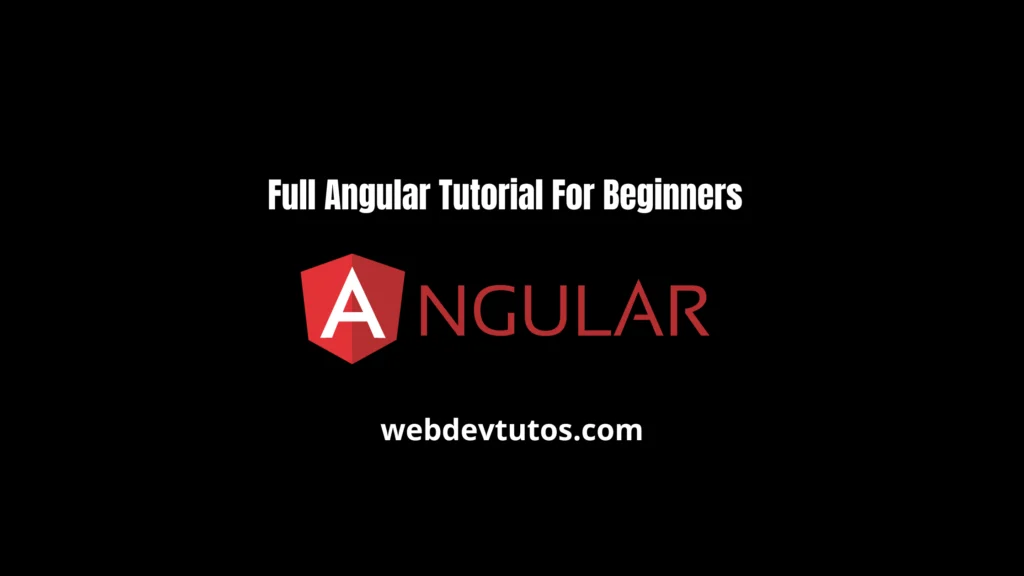Introduction
It makes us happy that you are here to discover our Angular tutorial. You will enjoy simply learning Angular concepts and tricks.
This tutorial will cover the features of Angular which are primordial for creating an entire project from scratch.
This tutorial is helpful starting from the Angular 2 version to the 14th version.
Stay tuned for the best web development tutorials.

What is Angular, and why should you use it?
What is Angular?
Angular is a framework that helps us create Single Page Applications (SPA). It is based on typescript and Google maintains it. Angular was and is still a robust frontend framework because of plenty of concepts and easy-to-understand features like Components, Pipes, Directives, Modules, Forms, HTTP Services, Angular Router, SEO, and others …
Why should you use Angular?
Angular is a powerful framework maintained by Google. Also, it has a large community. It is used by so many big companies in a manner that the chance of being hired as an Angular developer is high.
In the technical aspect, Angular provides an explicit architecture that keeps the code simple, and easy to maintain and test.
Finally, we can confirm that building ergonomic interfaces with Angular is quite simple because of the numerous user Interface (UI) component libraries.
Prerequisites and Requirements
Angular uses Typescript as its native language. So, it is primordial to master Typescript syntax, OOP principles with typescript.
Learning Angular and mastering it depends also on your HTML, and CSS level. The deeper your knowledge of HTML and CSS, the easier learning Angular will be.
Introduction to Angular
Angular, a robust platform for building web applications, is renowned for its versatility and efficiency in the world of web development. Developed and maintained by Google, Angular adopts a component-based architecture, making it easier to manage, test, and maintain your code. With its rich set of features, including data binding, dependency injection, and modularity, Angular has become a go-to choice for developers aiming to create scalable, maintainable, and interactive web applications.
Getting Started With Angular
After taking an overview of Angular’s main concepts and the important keywords that you will hear frequently, It’s time to go in-depth with the Practical part.
So let’s begin first with installing the required tools, software( editor(s) ), and packages. Then, we will create our first Angular Project step by step.
Installing the Angular Development Environment
and now after we set up our Angular environment, it’s time to create our first Angular Application.
Creating Angular Application
Components
Angular components are the fundamental building blocks of Angular applications. They hold the view and control the logic behind that view. In the following links, you will find an overview of Angular Components, and Data Binding which are the ways to interact between the component’s logic and view.